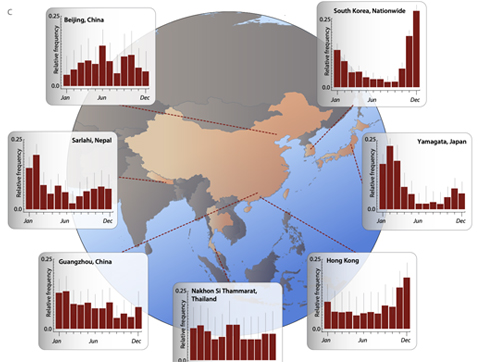Formatting Tables

Tables are an integral part of many manuscripts or grants. However, formatting mistakes can make them difficult to read for your reader. Here are some general rules to help standardize tables and more effectively convey information
Table Arrangement
There should be a short, one-line table header at the top. Put it in a table-wide merged cell
A horizontal rule (line) should separate the table header and the rest of the table; some journals have a double-rule or thicker rule below the table header only
Column headings should be listed below the first horizontal rule
A horizontal rule should separate the column headings and the rows of the table entries
Any details (e.g. that you might have put in a figure legend) should be conveyed by table notes, indicated by super-scripted letters or symbols after the relevant noted material within the tables
Table notes in the form of superscripted letters or symbols and the notes should be listed, in the order they appear in the table, at the bottom of the table, under the last row, below the horizontal rule. Put them in a table-wide merged cell
A horizontal rule should indicate the end of the rows of entries in the table
You can put a horizontal rule under the table notes if you like. Check journal style
There should be NO VERTICAL LINES in tables
General Table Formatting
THERE SHOULD BE A DEFENSIBLE CONCEPTUAL LOGIC AS TO WHY ROWS ARE ORDERED AS THEY ARE. Alphabetization may be better than nothing, but is rarely defensible. Usually sorting by one of the columns is the most defensible, often the leftmost data column
If there are “categories” of rows, these should NOT be indicated by an additional left-hand column indicating the categories. Instead, add a new merged-cell row that contains only the category name above all entries in that category. Sub-categories should be conveyed by similar additional rows, with corresponding indentation of the sub-category name
If allowed by the journal, filling rows in alternating white and light gray shading helps to visually parse rows
Formatting numbers in cells
Numerical entries should have as few digits of precision as is possible / reasonable
Numerical entries that are ranges should be expressed with em-dashes (–), not hyphens (-)
Multiplication should be expressed with a times symbol (×), not the letter x or the asterisk (*)
Negative exponents should be written with minus signs (﹣), not hyphens (-)
To the extent possible, align decimal points within columns
